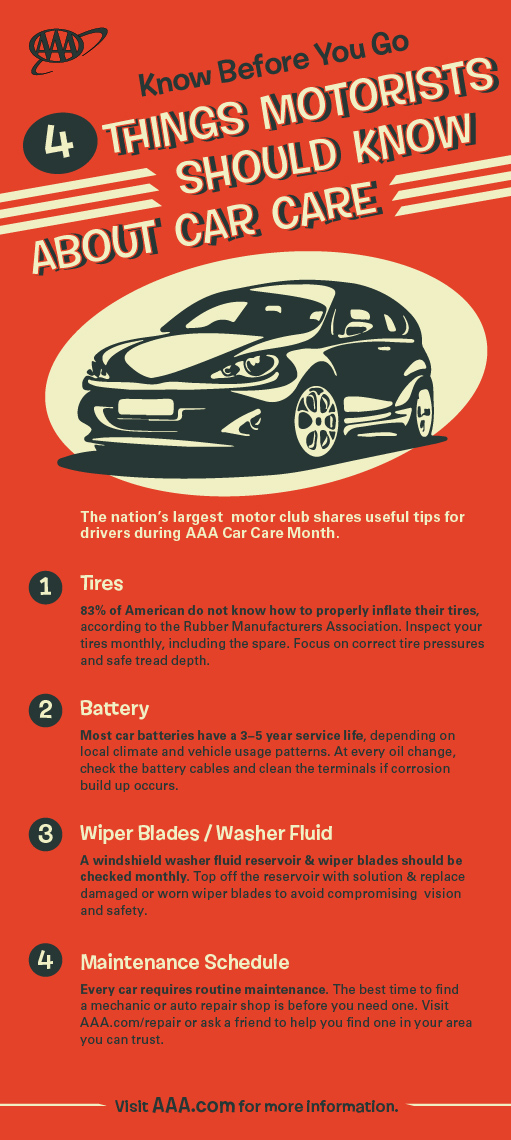Interested About Those Dashboard Caution Lights In Your Auto? Find Out What They Suggest For Your Vehicle'S Health And Wellness
Interested About Those Dashboard Caution Lights In Your Auto? Find Out What They Suggest For Your Vehicle'S Health And Wellness
Blog Article
Material Writer-Faulkner Corbett
When you're behind the wheel, those beautiful caution lights on your control panel can be a bit puzzling. Do you recognize what they're trying to tell you about your automobile's health and wellness? Recognizing the relevance of these lights is essential for your security and the long life of your car. So, the next time among those lights appears, would not you want to understand its message properly and take the essential actions to address it?
Common Warning Lights and Interpretations
Identify typical caution lights in your vehicle and recognize their significances to ensure secure driving.
Read the Full Content of the most common warning lights include the check engine light, which indicates problems with the engine or emissions system. If this light begins, it's important to have your automobile checked immediately.
The oil stress advising light indicates reduced oil pressure, calling for immediate attention to avoid engine damage.
https://brake-rotors51628.snack-blog.com/31155576/in-depth-interview-ideal-practices-revealed-by-a-specialist-car-detailer flashing battery light could suggest a defective charging system, possibly leaving you stranded if not addressed.
The tire pressure tracking system (TPMS) light informs you to reduced tire pressure, affecting car security and gas effectiveness. Disregarding this can lead to hazardous driving problems.
The ABS light suggests a trouble with the anti-lock braking system, jeopardizing your capability to stop swiftly in emergencies.
Finally, the coolant temperature alerting light warns of engine overheating, which can lead to severe damages if not resolved swiftly.
Recognizing these common warning lights will certainly help you attend to issues promptly and maintain risk-free driving conditions.
Importance of Prompt Interest
Recognizing the common caution lights in your cars and truck is only the initial step; the importance of quickly addressing these warnings can not be emphasized sufficient to ensure your safety and security when driving.
When a caution light brightens on your control panel, it's your cars and truck's means of connecting a potential concern that needs attention. Overlooking these cautions can bring about more serious troubles down the road, jeopardizing your security and possibly costing you more out of commission.
Trigger attention to cautioning lights can protect against malfunctions and crashes. For instance, a flashing check engine light could suggest a misfire that, if left unattended, could cause damages to the catalytic converter. Resolving this quickly can save you from an expensive repair work.
Similarly, a brake system warning light could signify reduced brake liquid or worn brake pads, essential components for your safety when driving.
DIY Troubleshooting Tips
If you observe a caution light on your dashboard, there are a couple of do it yourself fixing pointers you can attempt prior to looking for specialist assistance.
The initial step is to consult your cars and truck's handbook to recognize what the specific caution light suggests. Often the issue can be as easy as a loosened gas cap causing the check engine light. Tightening the gas cap may resolve the trouble.
One more common concern is a low battery, which can trigger numerous cautioning lights. Inspecting the battery links for corrosion and guaranteeing they're secure may fix the trouble.
If a caution light continues, you can attempt resetting it by separating the automobile's battery for a few mins and afterwards reconnecting it. Furthermore, examining your car's fluid levels, such as oil, coolant, and brake fluid, can assist troubleshoot alerting lights related to these systems.
Final thought
To conclude, comprehending your automobile's caution lights is necessary for maintaining your car running efficiently and safely. By immediately addressing these alerts and understanding what they indicate, you can prevent pricey repair work and possible breakdowns.
Remember to consult your auto's handbook for certain details on each alerting light and take action as necessary to make sure a trouble-free driving experience.
Stay educated, stay secure when driving!
